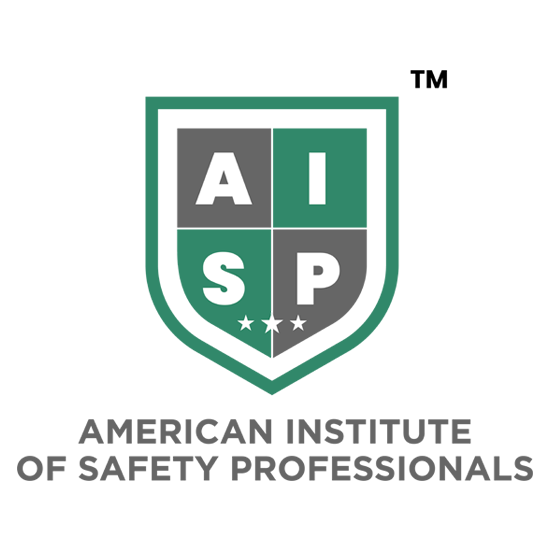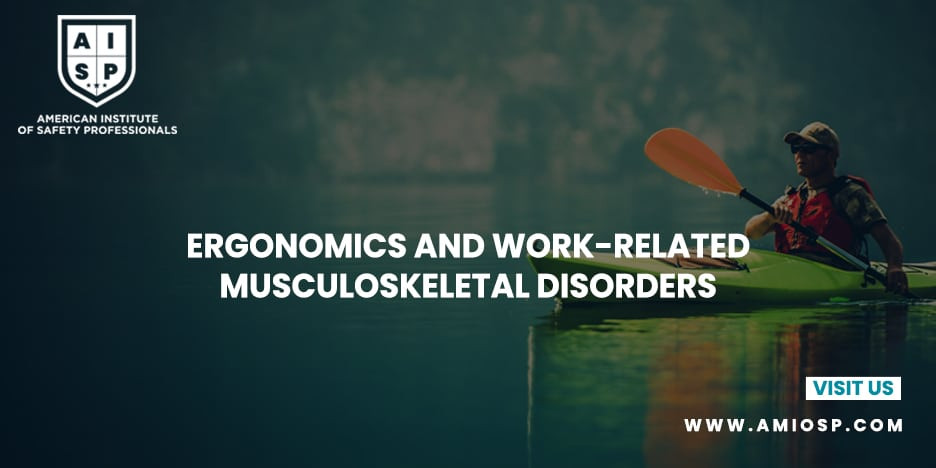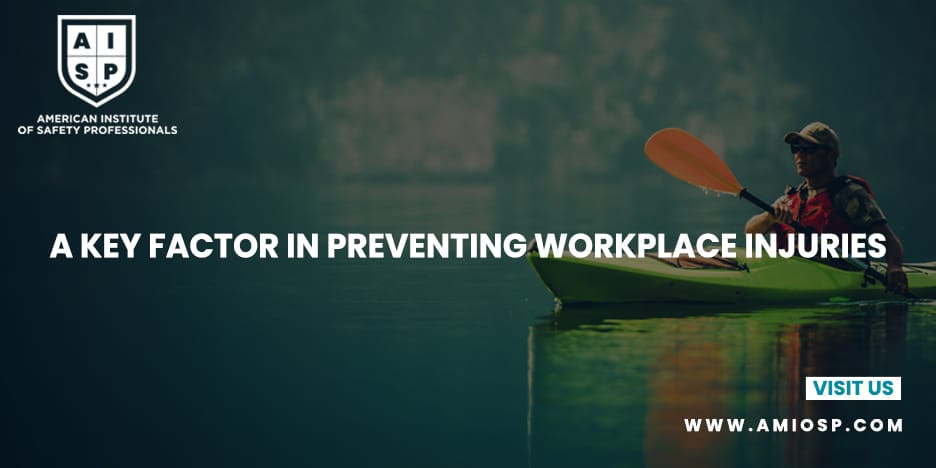Exposure to hazardous materials can have severe health
effects on individuals, ranging from acute symptoms to long-term chronic
conditions. Understanding the health risks associated with these substances is
crucial for implementing effective safety precautions and protecting the
well-being of workers and the general public. In this blog post, we will
explore case studies that highlight the health effects of exposure to hazardous
materials and discuss safety precautions to minimize the risks.
1. Introduction: The Importance of Understanding Health
Effects
Hazardous materials encompass a wide range of substances,
including chemicals, toxins, gases, and particulates, that can pose health
risks when individuals are exposed to them. It is essential to recognize the
potential health effects associated with exposure to these substances and take
appropriate measures to protect workers, communities, and the environment.
2. Case Study 1: Asbestos Exposure and Mesothelioma
Asbestos, a fibrous mineral once widely used in construction
and manufacturing, is now recognized as a hazardous substance due to its link
to various health conditions, most notably mesothelioma. Mesothelioma is a rare
and aggressive form of cancer that affects the lining of the lungs, abdomen, or
heart. Key lessons learned from this case study include:
- Awareness
and Education: The importance of raising awareness among workers and
the general public about the dangers of asbestos exposure and implementing
strict regulations to prevent its use.
- Proper
Personal Protective Equipment (PPE): Ensuring that individuals who may
come into contact with asbestos are provided with appropriate PPE, such as
respirators and protective clothing, to minimize the risk of inhalation or
skin exposure.
- Safe
Removal and Disposal: Implementing proper procedures for the safe
removal and disposal of asbestos-containing materials to prevent further
exposure and contamination.
3. Case Study 2: Lead Poisoning and its Effects
Lead is a toxic heavy metal that can have significant health
effects, especially in children. Lead poisoning can lead to developmental
delays, learning difficulties, and behavioral problems. One prominent case
study is the lead contamination of the water supply in Flint, Michigan. Key
lessons learned from this incident include:
- Water
Quality Monitoring: Regular monitoring of water quality to detect and
address potential contaminants, especially in areas with aging infrastructure
or potential lead sources.
- Public
Health Response: Prompt public health response to identify and address
cases of lead poisoning, including testing, medical intervention, and
community support.
- Lead-Safe
Practices: Implementing lead-safe practices, such as lead paint
removal procedures, in construction and renovation activities to prevent
the release of lead dust.
4. Case Study 3: Benzene Exposure and Leukemia
Benzene is a widely used chemical found in various
industries, including petroleum, rubber, and chemical manufacturing. Prolonged
exposure to benzene has been linked to the development of leukemia, a cancer of
the blood-forming organs. Key lessons learned from this case study include:
- Exposure
Monitoring: Implementing regular monitoring programs to measure
airborne benzene levels and assess exposure risks for workers.
- Engineering
Controls: Implementing engineering controls, such as ventilation
systems and enclosed processes, to minimize benzene emissions and reduce
the risk of exposure.
- Personal
Hygiene Practices: Promoting good personal hygiene practices, such as
proper handwashing and the use of protective equipment, to reduce the risk
of ingestion or absorption of benzene through the skin.
5. Safety Precautions and Mitigation Strategies
Based on the lessons learned from these case studies, it is
essential to implement the following safety precautions and mitigation
strategies to minimize health risks associated with hazardous materials:
- Risk
Assessment: Conduct thorough risk assessments to identify potential
hazards and assess the level of exposure to hazardous materials.
- Proper
Training and Education: Provide comprehensive training programs to
educate workers about the health effects of hazardous materials, safe
handling practices, and the proper use of personal protective equipment.
- Engineering
Controls: Implement engineering controls, such as ventilation systems,
containment measures, and automation, to minimize exposure and prevent the
release of hazardous materials into the environment.
- Administrative
Controls: Establish robust administrative controls, including work
procedures, standard operating guidelines, and monitoring systems, to
ensure compliance with safety protocols and regulations.
- Personal
Protective Equipment (PPE): Provide appropriate PPE to workers based
on the nature of the hazards involved, ensuring its proper use,
maintenance, and regular inspection.
6. Conclusion: Protecting Health through Vigilance and
Precaution
Understanding the health effects of exposure to hazardous
materials is essential for safeguarding the well-being of individuals and
communities. By studying case studies, recognizing the lessons learned, and
implementing appropriate safety precautions, we can mitigate the risks
associated with hazardous materials and promote a healthier and safer working
environment. Together, we can protect the health of workers, preserve the
environment, and ensure a sustainable future for generations to come.












0 comments
No Comments